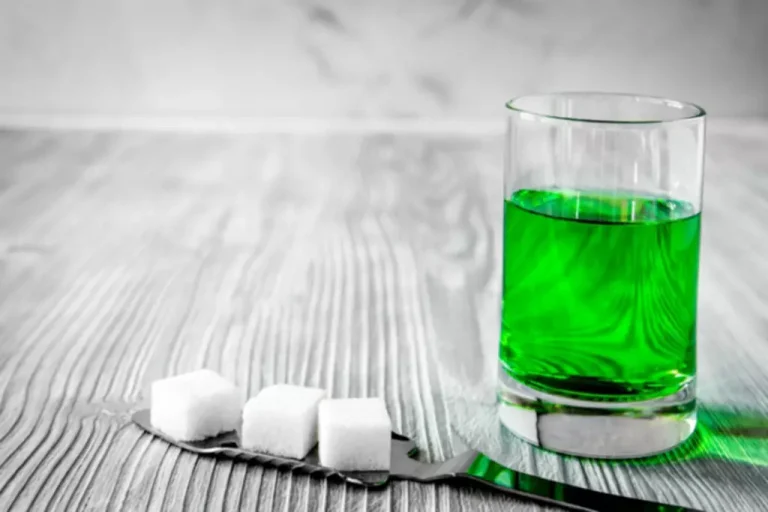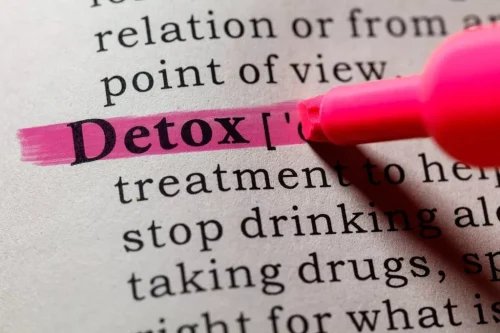
By the time symptoms and/or complications are recognized, liver damage has most likely already progressed to cirrhosis. Cirrhosis is a late-stage liver disease in which there is significant scarring (fibrosis) of the liver. It can bring with it a range of complications, from easy bruising or bleeding to a buildup of toxins in the brain, to potentially fatal conditions such as kidney failure and liver cancer.
Large Quantities Of Alcohol Consumption
- Too much alcohol affects your speech, muscle coordination and vital centers of your brain.
- In other cases, the bruising can be a symptom of easily treated nutrient deficiencies.
- It centers on being more conscious and thoughtful of how much, how often, and why you drink.
- If you misuse alcohol, you may have liver damage, even though you have none of the symptoms above.
- They may also develop large bruises after minor injuries or have bruises that take many weeks to heal.
After two to three weeks of abstaining from alcohol, fatty deposits disappear and liver biopsies appear normal. Alcoholic cirrhosis is a progression of ALD in which do alcoholics bruise easily scarring in the liver makes it difficult for that organ to function properly. Symptoms include weight loss, fatigue, muscle cramps, easy bruising, and jaundice.

Limiting Alcohol Consumption for a Better Life
This can change the flavour, colour, and consistency of the drink. The goal of bartending is to incorporate the ingredients without bruising them, but in some cases, intentional bruising can be used for specific cocktails or personal preferences. https://ecosoberhouse.com/ Take an over-the-counter pain medicine, such as acetaminophen. Check with your doctor before using nonsteroidal anti-inflammatory drugs (NSAIDs), like aspirin or ibuprofen, because these can make bleeding and bruising worse.
Symptoms of Alcoholic Neuropathy

And yes, you may feel great and energized upon waking up—but that doesn’t mean you didn’t have too much to drink the night before. But when you bruise, your vessels are literally injured or broken in a sense, and blood pools around those vessels and rises to the skin. The symptoms will be present from birth and can affect babies and young children. By Aubrey Bailey, PT, DPT, CHTDr, Bailey is a Virginia-based physical therapist and professor of anatomy and physiology with over a decade of experience. Even a vitamin B12 deficiency can contribute to low platelet counts.

Strategies for Dealing with Alcohol Use Disorder: What to Say and Do
When you bruise easily, it can sometimes seem just as easy to identify the cause, such as advancing age or a blood thinner medication you’re taking. If you notice any of these signs, you may have easy bruising. You may want to talk with your healthcare provider about the best treatment options available. Bruising happens when you experience a minor injury or accident that damages the blood vessels beneath your skin. At first, the affected area of your skin turns red or purplish.
Why Do Alcohol Drinkers Prefer Kratom While Taking A Break From Drinking?
Some people may also experience night sweats due to alcohol withdrawal syndrome or alcohol intolerance. Well, alcohol intake may lead to night sweats by speeding up your heart rate and widening your blood vessels, triggering the release of perspiration. If you’ve noticed consistent weight gain, it may be time to reflect on your drinking habits. Meanwhile, binge drinking focuses more on how quickly and how much you drink in one sitting. The CDC defines binge drinking as drinking that brings your blood alcohol concentration (BAC) to 0.08% or more.
- You can stop bruising from alcohol by following these guidelines.
- On people with lighter skin tones, bruises may start out red or purple soon after the injury, then turn light brown, green, or yellow as they heal.
- The flavour profile can also be altered, as the bruising can release unwanted flavours or essences from the liquor, leading to a less desirable taste.
Heavy drinking can lead to easy bruising and bleeding, and not just because you’re more prone to falling and hitting table corners when drunk. Erin is a Nurse Practitioner with 8 years of experience in midwifery and women’s health. She has spent the past 5 years specializing in the treatment of opioid and alcohol use disorders. Finally, a person with an alcohol use disorder will likely give up other activities, because their focus is on drinking.
Many people with ALD are malnourished (lacking proper nutrition) due to a variety of factors, such as lack of eating, vomiting, and malabsorption (difficulty absorbing nutrients from food). In general, the more severe the ALD, the more malnourished someone becomes. Mindful drinking offers that middle ground where you’ll proactively improve your drinking habits without any pressure to quit. It centers on being more conscious and thoughtful of how much, how often, and why you drink.
[Podcast] Episode 7: The Woman Changing How the World Sees Non-Alcoholic Drinks with Victoria Watters

To diagnose ALD, a healthcare provider will assess alcohol use, ask about symptoms, and conduct several tests. An assessment of alcohol use will establish when alcohol consumption started, how much a person drinks, and how often. The liver is responsible for metabolizing or processing ethanol, the main component of alcohol. Over time, the liver of a person who drinks heavily can become damaged and cause alcoholic liver disease.
- Alcohol can lead to problems such as fatty liver, hepatitis and cirrhosis.
- Nummular or discoid dermatitis occurs more frequently in alcohol abusers, particularly in those with abnormal liver function tests.
- Older adults often bruise more easily because the skin becomes less flexible with age, and there is less fat to protect the blood vessels.
- Sometimes, bruising after drinking occurs because of the fact that alcohol dilates the blood vessels.
This article explores the early signs and symptoms of alcoholic liver disease, its stages, causes, risk factors, treatments, and prevention. Although 90% of people who drink heavily develop fatty liver disease, only 20% to 40% will go on to develop alcoholic hepatitis. Fatty liver disease can also develop after binge drinking, which is defined as drinking four to five drinks in two hours or less. About 90% of heavy drinkers will develop alcoholic fatty liver disease.

Leave a Reply